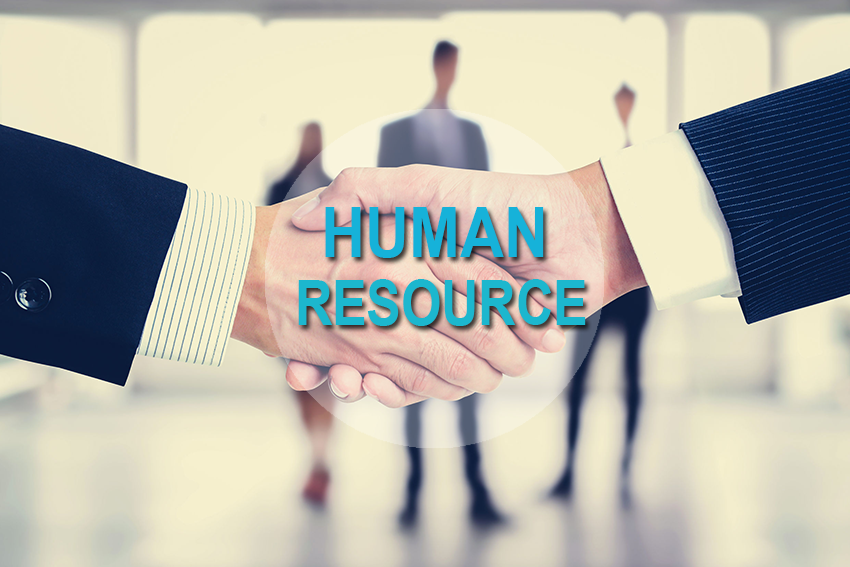Considering All Angles
Human Resources, or HR, has acquired a negative reputation that is sometimes well-deserved. HR departments are often guilty of treating people like numbers. To a certain extent, this is necessary. What quotient of infrastructural stability an employee brings to a business is an integral quantity to build budgets around.
However, an employee isn’t an asset like operational equipment, property, or products. Employees are dynamic and have the potentiality to exponentially increase profit, sustainability, and the ability to scale outward. This only happens if they’re fully engaged, and in the most profitable position based on their skill-set.
HR that considers this reality can, ironically, make better use of existing personnel. Treating them like cogs in a machine will wear them out, treating them like partners in a team effort will give them productivity reserves they might not even have realized they were capable of bringing to the table.
Following are a few tips to help your business design HR protocols which give your employees the ability to fully flourish in their intended positions, bringing the most to your company. Doing so successfully will require due diligence in several key areas.

Setting Your Department Up For Success
If you want your business to have the most success, all departments need the right tools. With HR, you can drastically reduce the number of employees you need by making them capable of doing more with less. For example, consider these timesheets by Clockspot. They allow for consolidated information management with greater ease, eliminating necessary time in management of employee information.
Additionally, such solutions can facilitate things like decentralized, secure payroll management. Cloud computing can increase decentralization potential, allowing for outsourced employees working remotely via BYOD protocols. This reduces rental cost, and can cut down on tertiary—but no less integral—personnel like custodians.
HR should find people who are able to function in an environment designed for such efficiency. They need to source people who are a good match to an optimized infrastructure. When you reduce complication, it reduces personnel needs, further consolidating resources and allowing you to invest in your employees.
Covering Your Legal Bases
You don’t want an employee leveling an injury lawsuit against you. Also, you don’t want to have any wage issues. HR needs to know legal requirements, and find people who are a good legal fit for your business. Additionally, it’s important to determine what sort of litigation history can be found pertaining to a potential new-hire. Legal due diligence will free HR personnel up to focus on managing internal employee assets.
The Link Between PR and HR
There are far-reaching implications to bad HR. One, it can lead to stress, which impacts operations—and that yields negative PR. When employees are afraid that saying the wrong thing off-the-cuff and in-the-moment could land them in an unemployment line, they’re going to at the very least be subconsciously resentful of their situation. This causes stress.
Stress causes mistakes, mistakes lead to friction. When HR is seen as a specter hiring and firing at the drop of a hat, that’s going to ultimately have a negative impact on Public Relations. Disgruntled employees are known to seek out media outlets. Sensationalism trumps truth in modern media, and can pull the rug out from under you.

Fully Utilizes Your Human Resources, And Their Managers
In order to maintain optimal operational infrastructure, HR effectiveness must be maximized through minimization of conditions that could lead to bad PR, understanding of legal requirements, sourcing employees who are not litigious, and provision of the proper tools for the job at hand. Due diligence in HR departments is facilitated through due diligence in their management.











